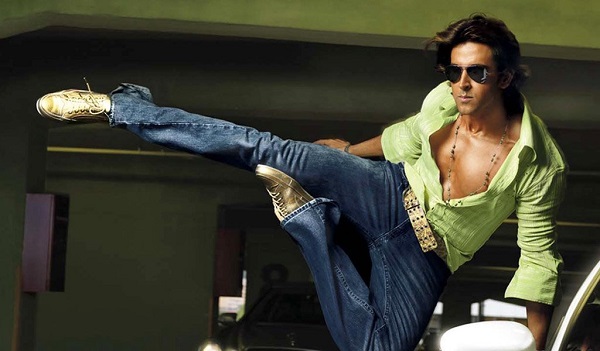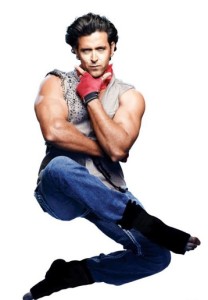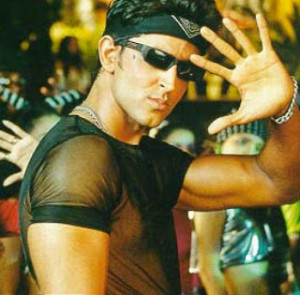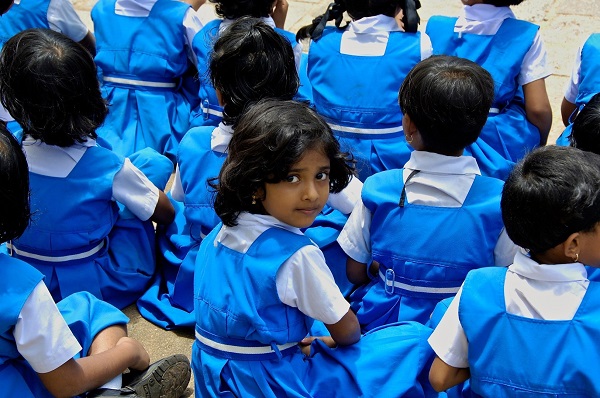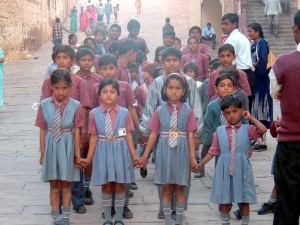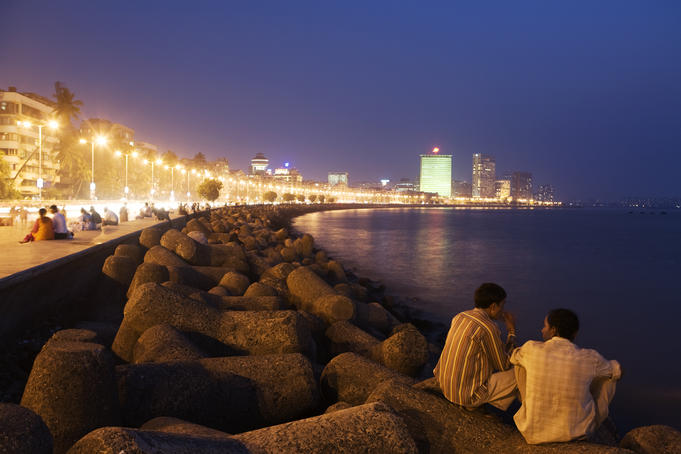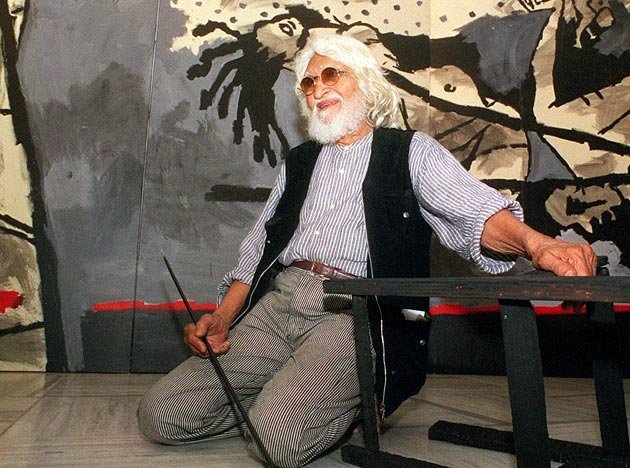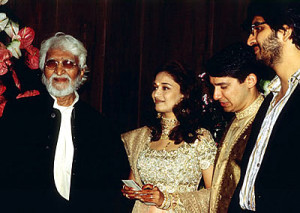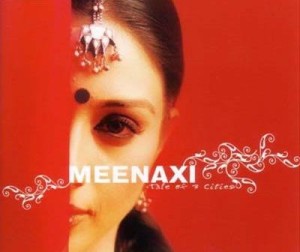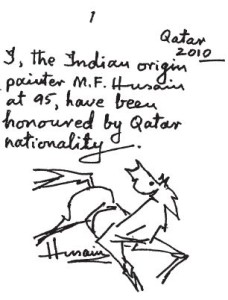Alcohol takes a toll on our bodies; it plays havoc with the skin and sustained consumption could even cause blindness.
by Beverley Lewis
Do you regularly enjoy a bottle or several bottles of wine? Or are you guilty of knocking back several rounds of tequila shots, only to wake up feeling and looking like you’ve been hit by a freight train? Well, the truth is that alcohol does take a toll on our looks and bodies, and the results aren’t pretty. Read on to see how consuming too much alcohol can play havoc with your skin and learn how you can minimise its beauty-zapping effects.
Alcohol ages you
 Alcohol accelerates the ageing process by dehydrating our bodies. That’s why, after a night of heavy drinking, you are likely to wake up thirsty. Besides, it also forces our kidneys to work overtime to flush out all the toxins from the body. Excessive consumption of alcohol also leads to depletion of vitamin A within our bodies, which is needed by the skin for cell renewal. The result? Dry, greyish skin that’s prone to wrinkling.
Alcohol accelerates the ageing process by dehydrating our bodies. That’s why, after a night of heavy drinking, you are likely to wake up thirsty. Besides, it also forces our kidneys to work overtime to flush out all the toxins from the body. Excessive consumption of alcohol also leads to depletion of vitamin A within our bodies, which is needed by the skin for cell renewal. The result? Dry, greyish skin that’s prone to wrinkling.
“The dehydrating effect of alcohol and depletion of anti-oxidants makes the skin susceptible to free radical-induced damage resulting in dull skin, darkening (hyperpigmentation), dark circles, coarse texture, and development of wrinkles. So drinking too much alcohol can make you age at a faster pace,” says dermatologist Dr Rickson Perreira, Dr Minal’s Dermatherapie Centre, Mumbai.
Alcohol consumption = bad skin
Over time, drinking heavily can have other, more permanent, detrimental effects on your skin, like rosacea—red, irritated skin and sometimes even broken capillaries visible as unsightly spider veins on the skin surface and also in the eyes, leaving your eyes with an unhealthy bloodshot appearance.
According to Dr Apratim Goel, renowned cosmetic dermatologist and laser surgeon, Cutis Skin Studio, Mumbai, “Whatever the amount and the frequency of alcohol consumption, it  does affect the skin negatively, as it dehydrates the body of water as well as electrolytes, minerals and nutrients.”
does affect the skin negatively, as it dehydrates the body of water as well as electrolytes, minerals and nutrients.”
Since it depletes the body of water and electrolytes, alcohol also causes bloating. Facial bloat is one of the most common side-effects of excess consumption of alcohol. It also leads to weight gain and cellulite. In addition, it enlarges the tiny blood vessels on the surface of the eye, which gives eyes the ‘bloodshot’ appearance. “Alcohol consumption also disturbs the REM sleep pattern, causing sleep deprivation, which can lead to puffy eyes and cause dark circles,” says Dr Goel.
You may lose your eyesight
How about the fact that you could lose your peepers? Because excessive drinking depletes the body of nutrients required to maintain eye health, it can also lead to a condition called ‘alcoholic optic neuritis’, which impairs eyesight and, over time, can result in blindness. Hair is also likely to suffer, as alcohol consumption can deplete the body of zinc, which can cause dry hair that is lacklustre and prone to breakage and split ends.
But if you must drink:
 – The next time you’re downing your favourite cocktails like they are going out of style, remember to have a tall glass of water between each glass of alcohol, as this will not only lower your chances of a nasty hangover, but will also prevent your skin from looking dull and lifeless the following morning.
– The next time you’re downing your favourite cocktails like they are going out of style, remember to have a tall glass of water between each glass of alcohol, as this will not only lower your chances of a nasty hangover, but will also prevent your skin from looking dull and lifeless the following morning.
– If you eat a small portion of complex carbohydrates and protein while binge drinking, you can slow down the absorption of alcohol into your bloodstream.
– Women also metabolise alcohol differently than men, as women get a higher concentration of alcohol in their bloodstream faster, which explains why they also feel the effects of alcohol much faster than men.
– Moderation is the key to limiting the damaging effects of alcohol.
– “B-complex and multi-mineral supplements help replenish some of the depleted nutrients due to excessive alcohol consumption, especially in those who follow a vegetarian diet,” says Dr Rickson. Foods rich in B-complex and minerals are lean meats, seafood, green leafy vegetables, fresh fruits, legumes and dry fruits.
So the next time you’re enjoying a night out of the town, be smart about the choices you make and your skin and body will thank you for it.
Beverley Lewis has written for beauty magazines and has amazing tips to share. Have you experienced the ill effects of alcohol? Write to Beverley in the comments section below. You can also refer to additional information on alcoholism treatment from your doctor or from a trusted medical resource.
(Pictures courtesy vivekbarunrai.blogspot.com, www.myheadsup.co.uk, www.nydailynews.com, www.medicinenet.com)

